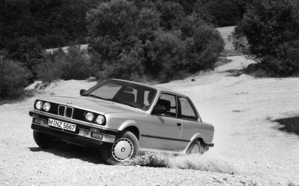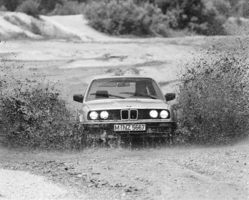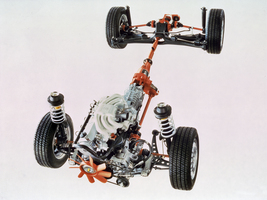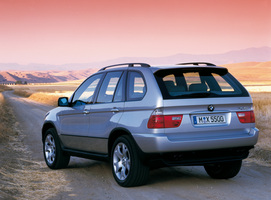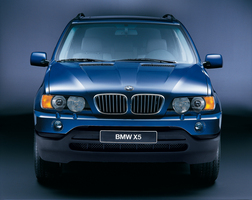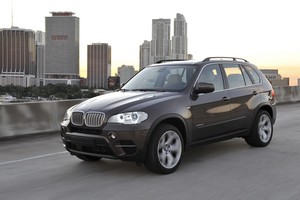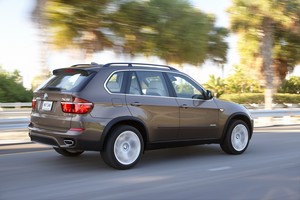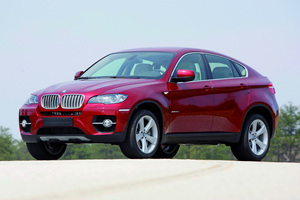|
Send this page to a friend! Fill in the form bellow | ||
news
BMW: 25 years of four-wheel drive
In 1985 the BMW 3 Series became the first ever BMW model to be fitted with the all-wheel drive. At the time it was both an extension of the model range and as an alternative to the customary BMW rear-wheel drive. This year the German brand is celebrating the 25th anniversary of this technologic feature, which has today become one of BMW’s bet on the market.
In fact, today a quarter of every BMW cars sold around the world is now equipped with xDrive, with the sustained success of the BMW X models playing a determinant role in this development.
Currently BMW offers 45 models with its xDrive all-wheel drive technology, providing variable distribution of drive between the front and rear wheels. These models extend all the way from the BMW X models via the BMW 3 Series and BMW 5 Series ranges to the BMW 7 Series family of luxury Saloons. And the number of cars from other model series specified with all-wheel drive is steadily rising.
Back in 1985 the objective of BMW with the four-wheel drive was to enhance traction on loose surfaces and in adverse weather conditions, but also to optimize dynamic performance though corners.
The permanent all-wheel drive of the BMW 325iX unveiled in 1985 channeled power to the front and rear wheels at a constant 37 : 63 percent split. Visco locks in the transfer case and final drive took their cues from the difference in rotation speed between the front and rear wheels to provide virtually fixed connections if required, and in this way optimize traction and driving stability.
Three years later the BMW 5 Series would feature for the first time the all-wheel drive. The new feature was accompanied by the debut of electric control systems governing the distribution of power. Fitted with multi-plate clutches which could be controlled automatically and continuously, this system varied the usual distribution of drive in normal conditions – 36 : 64 percent between the front and rear wheels. Initially, a hydraulically controlled multi-plate clutch was used at the rear axle, but this was later replaced by electronically controlled brake inputs.
After the creation of the Sports Activity Vehicle (SAV) segment there was a new opened door which gave totally new dimensions for all-wheel drive. In 1999 BMW would cause sensation with its BMW X5 concept. This vehicle captured the imagination of its customers with a level of dynamic performance unmatched among its off-road competitors.
Since then the X family has been extended in 2004 with the X3, a vehicle with more compact dimensions than the BMW X5 and even more agile handling. This model remained the only premium model in its class for a number of years.
More than 600,000 units of the first-generation BMW X3 were sold worldwide before it handed over to the new model in 2010. A little earlier the BMW X5, already in its second generation since 2006, had passed the million-unit mark.
2008 and 2009 saw the introduction of two new X models: the X6 and the X1. The X6 was presented in 2008 and is still the world’s only Sports Activity Coupé. The X1 has been the only vehicle of its kind in the premium compact segment.
Encyclopedia | Engine Straight 6 Displacement 2494 cc Top Speed 212 km/h Transmission 5, Manual Maximum power 170 hp @ 5800 rpm Type Saloon (sedan) Fuel Petrol Fuel consumption (combined) -- | price -- annual ownership cost $ 1.136 |
Contribute
more about BMW



latest news





